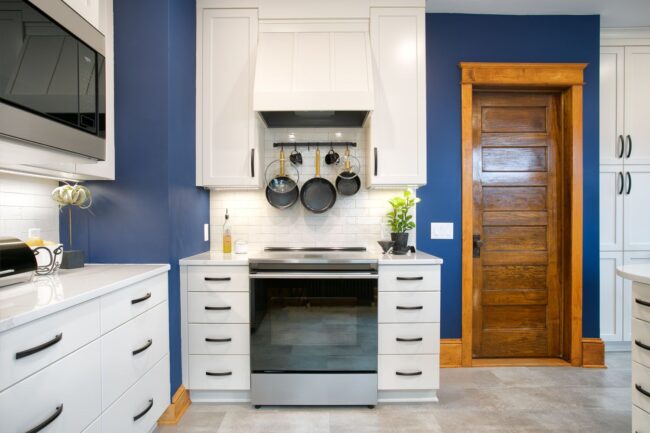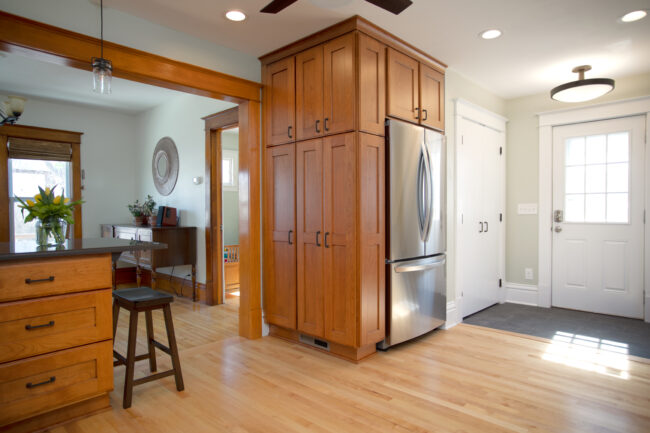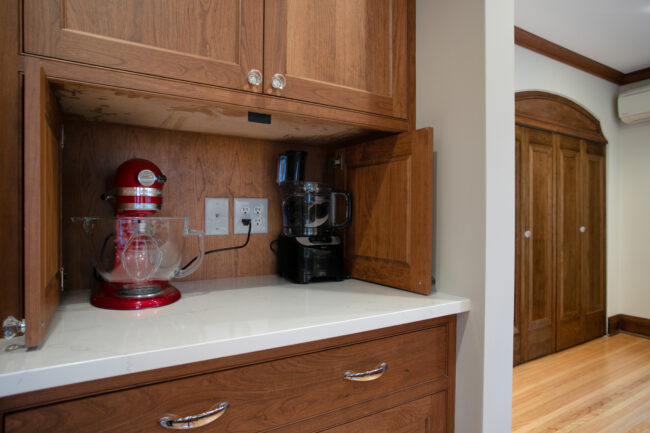Repair or Replace? Your Guide for Your Home

It only takes a few years for signs of wear and tear to appear in a home, so whether you live in an older model or a new build, you’ll eventually have damage you need to deal with. The crucial question is whether you should repair or replace each item. Consider what will save you money and time in the long run. You may also want to consider the environmental implications of your decision and the effect a change will have on your home’s safety.
Use this guide to walk you through the decision-making process for common household problems. As you’ll quickly see, the specifics of your situation will typically direct your best course of action.
1. HVAC System
You rely on your HVAC system to keep you warm in the winter and cool in the summer. You risk health problems like overheating and hypothermia when it breaks down, so maintaining your system is crucial. An HVAC that struggles to start, can’t keep a consistent temperature or shuts down when switching from hot to cold air is crying out for help.
When to Repair
Thankfully, most repairs are relatively simple. Many new homeowners don’t realize they need to change the filter on their HVAC regularly. You should switch the filter out every few months or even more frequently if you have pets who shed. Your vents may also get clogged with bee nests or spider webs — even these small acts of nature can impact your system’s effectiveness.
Beyond these quick fixes, you’ll eventually run into parts wearing down. Since a new HVAC costs an average of $8,000 and repairs cost a few hundred, it makes sense to maintain your current system as long as possible.
When to Replace
The typical life span of an HVAC system is 15 to 35 years, depending on the original quality and how well you maintain it. If it’s made it past that mark and is causing frequent problems and stacking up costly repairs, it’s probably time to go ahead and replace it. You should also keep safety in mind and remove it immediately if it smokes or overheats.
2. Roof
A properly functioning roof keeps your home safe from water damage and protects you and your possessions from the elements. It’s also essential to keeping your heating and cooling from escaping, hiking up your energy bill. When your roof or gutters are damaged, you’ll notice a significant impact on the efficiency of your home and will probably incur costly water damage as well.
When to Repair
Like your HVAC system, the roof and gutters are expensive replacements you should avoid when possible. You can easily fix a few shingles, a rusted vent or clogged gutters. Call a professional or check the roof out yourself a couple of times a year to catch these minor problems before they escalate.
When to Replace
Despite their typical longevity, roofs aren’t designed to last forever. For example, asphalt shingle has a 12.5-year life span on average. Other options, like steel roofs, hold out longer but will still need replacing eventually. If you have extensive leaks coming through your attic or the roof is visibly buckling or dipping, it’s probably time to replace the whole thing.
3. Hot Water Heater
Most of us take our hot water for granted, turning on the tap whenever we want and feeling put out while we wait for it to warm up. However, neglecting your water heater could result in expensive damages and disruption to your routine.
When to Repair
Cloudy water, an increasing utility bill, leaks, strange noises and a lack of warm water are signs you should get your machine serviced. Many parts, like the heating element, are relatively simple and cheap to fix or replace.
Regular maintenance is the key to keeping your water heater in good shape for as long as possible. You should flush the tank and test the pressure valve once a year. You can also change out the anode rod, which will slow down the degradation of your tank over time.
When to Replace
Water heaters have a typical life span between 8 and 12 years. If you’re in the latter half of that timeline and it needs frequent repairs, it may be time to replace the system. A new model will be easier to maintain and improve your energy efficiency.
4. Flooring

Flooring is so much more than the surface you walk on. It can change the whole aesthetic of your home and is a representation of you. Dingy carpeting and water-stained hardwoods are unsightly and will bring down the value of your property. Damaged floors can also be a safety issue, causing trips and falls.
When to Repair
Small affected areas of carpeting with stains or rips are fairly easy to repair. You can cut out the section and replace it with the same type if available. Hardwoods are also straightforward to repair. Most stains and rings are simple to remove with everyday household items like a magic eraser or even mayonnaise, but more extensive damage will require sanding and resurfacing.
When to Replace
Hardwood floors are made to last and are rarely worth replacing — sanding and refinishing can make them look good as new. Carpeting is another matter. No matter how well you treat and clean it, time and use will wear it away. Go ahead and replace extensively soiled and worn-down carpets. You can lay down fresh carpeting or opt for a different flooring material like hardwood or vinyl plank.
5. Large Appliances
Machines like the dishwasher, stove, refrigerator, washing machine and dryer make life much easier. They drastically cut down on time spent on household chores — at least when they’re working properly.
When to Repair
Replacing machinery when it malfunctions is hard on our wallets and the environment. However, most households skip repair and upgrade to the newest technology despite the cost. Manufacturers make things worse by making parts hard to find and purchase. Supply chain shortages are changing things for the better, making companies refocus efforts on repairable machines rather than their short-lived offerings.
Put simply — it may be well worth the time to call a maintenance specialist to assess your appliances before giving up on them.
When to Replace
Large appliances are expensive but not the most costly item in your home. After getting your machine inspected by a professional, you’ll want to weigh the cost of repair vs. replacement. If your appliance is breaking down frequently and the expenses are reaching the point where you could just buy a new machine, it’s probably time. You can order something more energy efficient that will hopefully last you even longer than your old model.
6. Cabinetry

Many homeowners long to remodel their kitchens. It’s the heart of the home and also one of the best ways to add value. The primary focus typically lands on changing out the cabinets and countertops. However, it may not always be in your best interest to replace the old cabinets entirely.
When to Repair
As long as the old cabinets are structurally sound, you should opt to repair them. Minor upgrades like changing out the hardware and adding a coat of paint can completely change the look and feel of the space without breaking your budget. Even sticky drawers and off-kilter doors are relatively simple fixes any DIYer can tackle on their own.
When to Replace
Cabinets with water damage or in extensive disrepair are safer to rip out and replace. Your best bet is to use complete replacement as a last resort.
No One-Size-Fits-All Answer
As you’ve likely realized, there’s no one-size-fits-all solution for damage in your home. You’ll need to assess the problem and consider the cost in time, money, environmental impact and effect on your home’s safety before determining which way to move forward. These suggestions are merely a jumping-off point to help you make the appropriate decision for your unique situation.

